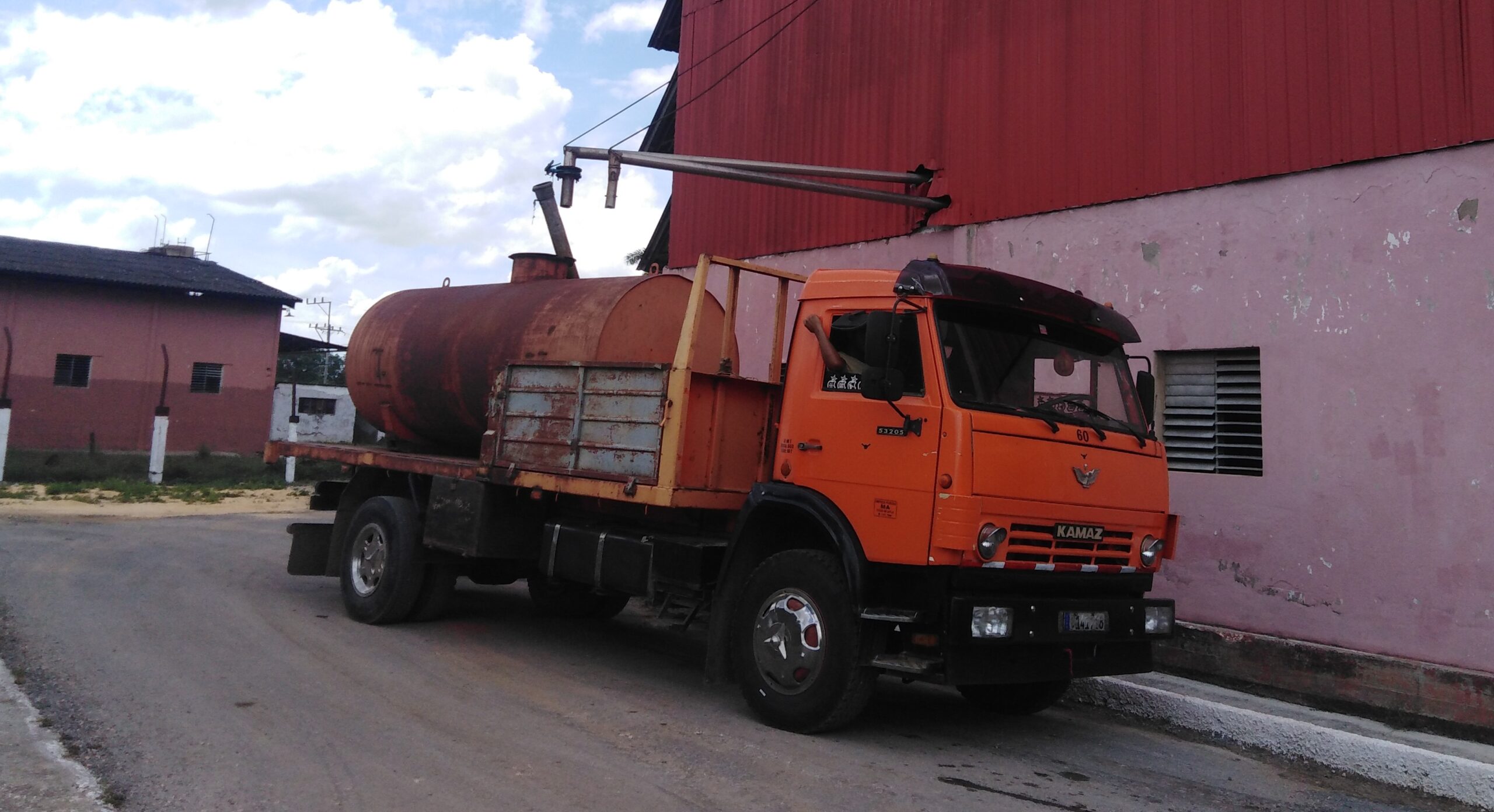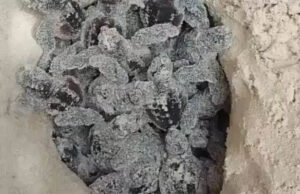The workforce of the Alfredo Roberto Pérez González torula yeast factory in the Avilanian municipality of Ciro Redondo perseveres to celebrate its sixtieth anniversary, succeed in revitalising a heroic production tradition, and honour the legacy of two leaders.
Che acquired the technological equipment in France and Fidel urged workers to produce under any circumstances during his visit to Cuba and Latin America’s first facility of its kind, inaugurated in 1965.
Two years prior, Ernesto Guevara de la Serna had spearheaded the definitive mechanisation of sugarcane harvesting in nearby fields where the sugar derivatives plant was assembled. As then Minister of Industries, he recognised the zone’s high agro-sugar potential.
Worthy of remembrance are protagonists of labour feats: José de las Nieves García Troya, Jorge López Minguillón, brothers Roberto and Rafael Álvarez, José Ramón Rodríguez Gómez, Antonio Donaire, among other workers, technicians and managers. In 1979 they achieved peak production with 10,655 tonnes of dry fodder yeast, sustaining for years the National Vanguard status within the Cuban Workers’ Central emulation scheme.
The Strength of Continuity
Inerio Herrera Carmenate, currently the most experienced worker, highlights the dedication of the youth force ensuring continuity of this emblematic industry.
«The director, for instance, is dynamic, enthusiastic and capable of steering our centre’s destiny. She proved this during the recovery process. As you see journalist, we’ve resumed sales of creamy or liquid torula yeast – as us veteran torula workers call it,» notes the pumping system operator for this product.
The industrial facility’s head explained in detail while pointing out resolved leaks, pending water leak solutions, and other issues naturally occurring in upgraded but dormant ageing infrastructure.
«Following the February 2023 visit by Comrade Miguel Díaz-Canel Bermúdez, First Secretary of the Central Committee and President of Cuba, the Azcuba business group incentivised resuming operations to contribute our flagship line towards Labiofam’s medicine production,» states Heidy Aguirrebeitía Torrecilla, Director of the Base Business Unit (UEB) for Ciro Redondo García Derivatives, located in central Avilanian province.
She emphasised vital repairs to fermenters affecting quality, hydraulic connection breaks, and dryer chamber issues preventing finished production.
«With these and other solutions, we commenced test phases last March, made adjustments, and restarted the production cycle in July. This enabled manufacturing 700 tonnes across both phases. Completing torula yeast drying remains to launch commercialisation.
«We’re now negotiating subsequent sales of this nutritious animal feed. Our commitment is 1,000 tonnes this year, for which necessary inputs are secured. This will also allow allocating part of dry torula towards Fitomas E production – a biostimulant for various crops we aim to resume manufacturing at our UEB facility.»
Heidy mentions prospects for Avilanian torula workers to supply raw materials preparing said Fitomas E for export via the Cuban Institute for Sugar Cane Derivatives Research (ICIDCA).
«Of course, stabilising dry torula yeast production is paramount,» Aguirrebeitía Torrecilla emphasises. Success likelihood hinges on acceptable efficiency indicators and consumption rates for a recently restarted industry facing rigorous control challenges regarding B-molasses, ammonium sulphate/phosphate, urea and other mainly imported inputs – a task managed by Yenislaidy Companioni Quiñones, Alejandro Oliva Jiménez and Adonis Romero Otero from the chemical analysis laboratory.
Other Major Challenges
The UEB possesses an inoperative ice factory. According to Heidy, they’re currently inventorying breakdowns, but recovery feasibility depends on stabilising torula yeast and Fitomas production/sales to generate income facilitating investment financing.
The sugar derivatives producer – neighbour to Ciro Redondo sugar mill and bioelectric plant – faces its greatest challenge optimising energy carrier consumption, alongside maximising protection for high-consumption motor electricity expenditure within Ciego de Ávila province.




